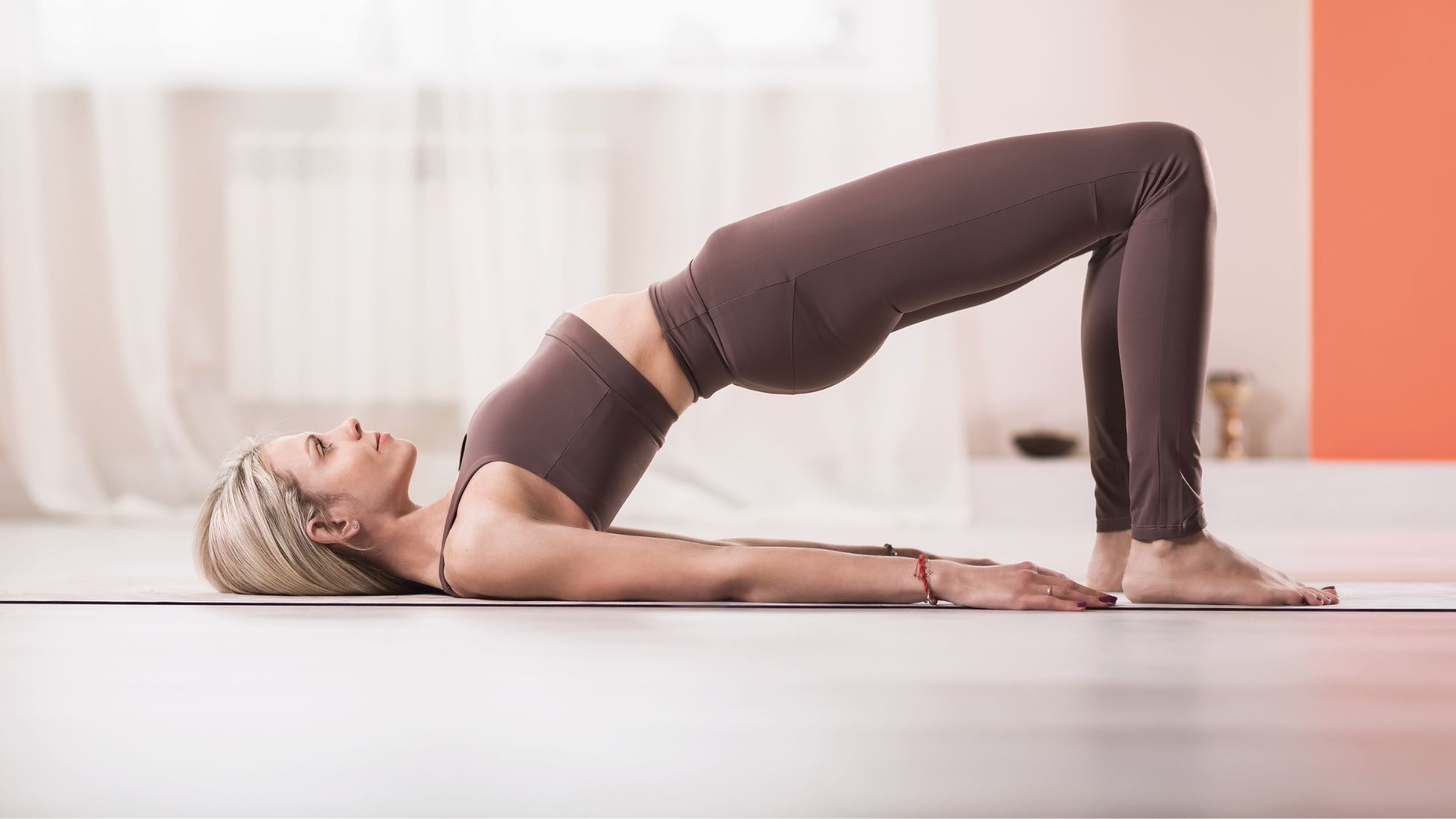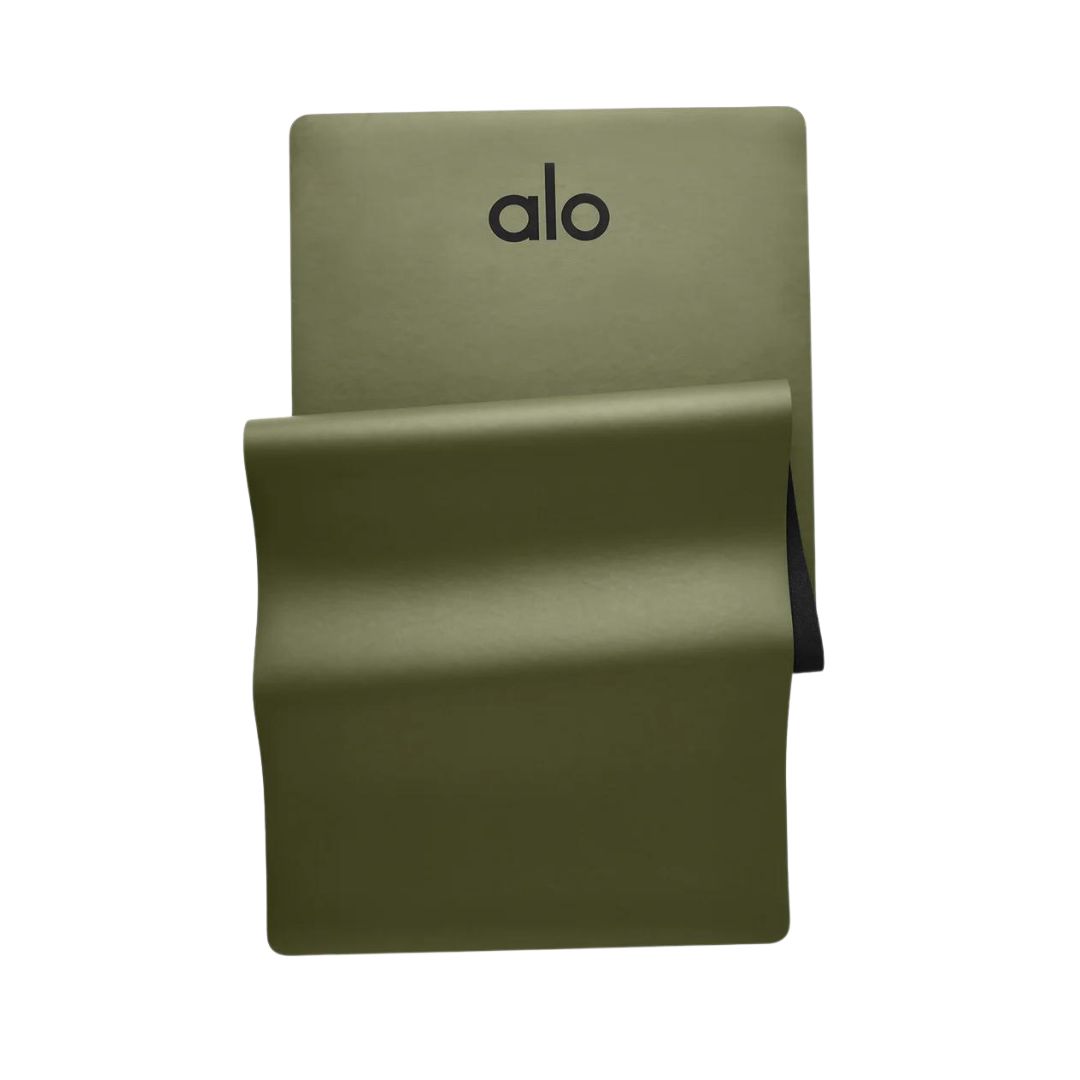Core strengthening exercises for beginners promise to boost stability and posture - 7 PT-approved moves
Not a sit-up in sight.


The best core strengthening exercises for beginners serve many vital roles: they can make going about your daily tasks easier (think: sitting, standing and getting out of bed), they can better your flexibility, boost your balance and improve posture.
Completing the best core exercises can also help reduce the likelihood of injury. While any budding athletes out there will be pleased to know that building a stronger core can help enhance athletic performance — and there's research to back this up. So it's no wonder why 'core exercises' rack up between 10k to 100k searches every month.
Contrary to popular belief, your core isn't the same thing as your 'abs'. It's the word given to a group of muscles in your trunk. It includes everything from your internal and external obliques to the muscles of the pelvic floor, transversus abdominis and rectus abdominis. Of course, along with delivering real-world benefits you'll notice in your day-to-day life, completing core exercises and ab toning exercises can help you carve out more definition in this region. But do know, as one study in the Journal of Strength and Conditioning Research found, spot training — the idea of causing fat loss or muscle definition in one area — is not possible as it's based on various factors, including diet, genetics and lifestyle.
New to strength training or conditioning your core? Stick right here. We asked PTs to share the best core strengthening exercises for beginners, highlighting what muscles the moves will work and how many reps and sets to complete. If you're making carving out a stronger body your goal for 2024, you might also be interested in the best abs workouts for women, and the best standing core exercises. Don't miss our explainer on the best core workouts at home, while you're at it.
Core strengthening exercises for beginners: your expert-led guide
What are core strengthening exercises for beginners?
“Core strengthening exercises focus on the muscles in your core, mainly your abdominals, the muscles of the lower back, pelvic floor and diaphragm,” Hollie Grant, Founder of Pilates PT explains. “These muscles are vital for maintaining core stability and balance and are engaged in almost all forms of movement.”
If you’ve never trained your core before or haven’t done so in a while, beginner core strengthening exercises are a great place to start. These newbie exercises will help you learn the basic moves and the correct form for activating your core before mastering something a little more challenging — like a mountain climber or Swiss ball pike.
What are the benefits of core strengthening exercises for beginners?
Core strengthening exercises come with a shedload of real-world benefits. But in a sentence: “They are good because they stabilize you, your movements and strengthen your back,” Orangetheory Fitness expert and international fitness educator Sean Johnson explains. “They also enhance flexibility and mobility and they help with balance, support posture, enhance exercise form, make everyday movements easier and help reduce injury.”
Celebrity news, beauty, fashion advice, and fascinating features, delivered straight to your inbox!
But the long list of core strengthening exercises doesn’t stop there. As one study published in the Journal of Behavioural Science found, a strong core can also enhance athletic performance. That’s because: “Many sports movements rely on the core to transfer force from the lower to the upper body, enhancing efficiency and power,” Grant explains.
And, if you suffer from back pain, multiple research papers like this 2021 article and this 2024 article found that completing core exercises can help reduce muscle stiffness and address functional limitations associated with chronic low back pain.
Who are core strengthening exercises for?
In one word: everyone! “From the elite athlete looking to shave a 0.001 second from a time or the everyday dog walker,” Johnson says. “Everyone stands to benefit from a stronger core.”
That's because we use our core every time sit, stand or perform a squat. But along with athletes, fitness enthusiasts and the everyday person, Grant flags that there are a handful of other people who might benefit from incorporating core exercises into their routine. This includes:
1. Those who sit at a desk a lot
“People who spend long hours sitting at a desk may develop weak core muscles, leading to poor posture and back pain,” Grant notes. “Core exercises can help improve posture and reduce these issues.”
2. Older adults
“As we age, maintaining balance and stability becomes more challenging,” the PT notes. “Strengthening the core can help older adults prevent falls and maintain independence.”
3. Those with back pain
“Individuals suffering from chronic back pain may benefit from core exercises,” Grant says. “Strengthening the core muscles can provide better support for the back, relieve pressure on the lower spine, and reduce pain."
4. Pregnant and postpartum women
“During and after pregnancy, women can benefit from core exercises to strengthen the pelvic floor muscles, support the lower back, and ease the labour and recovery process,” Grant adds. And, according to one research paper, just eight weeks of core stabilization exercises can improve the endurance of the pelvic floor muscles and the central part of the body.
5. Rehabilitation and recovery
“Those recovering from certain injuries, particularly around the back, hip, and abdominal regions, might use core strengthening exercises as part of their rehab to regain strength and flexibility,” Grant goes on to explain.
7 best core strengthening exercises, chosen by PTs
1. Deadbug
What? Aptly named, the deadbug essentially resembles just that. You'll need to lie on your back and lift your knees up to a 90-degree angle with your arms lifted up towards the ceiling. Then move your right arm back past your head without hitting the ground and reach your left leg forward without hitting the ground. Repeat on the other side.
Why? “This works your obliques, rectus abdominus, transverse abdominus, erector spinea (spine muscles) and multifidus,” Johnson says.
How long? 12 reps x 3 sets.
2. Reverse crunch
What? Similar to a crunch, this movement is done in (you guessed it!) reverse.
Why? This do-it-all move will fire up your torso. It hits your obliques, rectus abdominus and hip flexors.
How long? 12 reps x 3 sets.
3. Bird dog
What? Known as one of the best Pilates core moves, the bird dog is performed by coming to a tabletop position and extending one leg and the opposite arm straight then lowering them back down.
Why? Along with your rectus abdominus, this move will also work your erector spinae and glutes.
How long? 12 reps x 3 sets.
4. Glute bridge
What? Don’t let the name fool you, this move targets your core along with your glutes. To perform it, you’ll need to lie on the floor with your feet flat and your knees pointed to the ceiling. Then slowly peel your back off the floor until your hips are as high as they can go, then lower back down.
Why? According to Johnson, it will fire up your gluteus maximus, hamstrings and transverse abdominus.
How long? 12 reps x 3 sets.
5. Superman
What? Essentially, this move is what a superhero would look like if they were flying on the ground! So, start by lying on the ground, face down, and using your core to gently lift your arms and legs off the floor.
Why? Johnson says this will target your quadratus lumborum (your lower back), erector spinae, abs, glutes, hamstrings and lower back, including your traps and rhomboids.
How long? 12 reps x 3 sets.
6. Criss Cross
What? Another exercise on your back, you’ll need to lay on your gym mat and place your hands behind your head. Raise your legs up to form a right angle, then execute a crunch while touching your opposite elbow to the alternating knee.
Why? This predominantly works your internal and external obliques — and you'll feel this from the moment of being in the right position.
How long? Perform for 30 seconds.
7. Forearm plank
What? You'll likely all have heard of the humble plank — the core exercise that comes with a love/hate nature. But this iteration of the move involves holding the plank position on your forearms instead of your hands.
Why? It’s simple yet effective and can be done from anywhere. It will work your rectus abdominis, external abdominal oblique and lumbar erector spinae - essentially, a lot of your core muscles.
How long? Perform for 30 seconds (if possible!).
Shop MC UK's go-to workout kit now:

Crafted from recycled fabrics, including bamboo viscose, this super soft crop top is made for low impact training — so it's perfect for core exercise or standing core exercises.

Every great workout starts with a brilliant exercise mat to help protect joints and keep you comfy as you move. This Alo one not only looks good, it's moisture-wicking and anti-odor too.
How long does it take to build core strength for beginners?
There’s no one size fits all answer to this. “Core strength, among other things, is/can be a reflection of your lifestyle,” Johnson notes.
While Grant says: “This is difficult to quantify, but it shouldn’t take long for the exercises to feel more comfortable/easier if regularly added into your workout routines.” If she had to give an estimate? “I’d say after two weeks of doing core exercises 3-4 times per week you should feel as though you can do more/they are easier.”

Rebecca, or Becks, is a freelance journalist with more than ten years of experience in the industry. She specialises in all things health and lifestyle and has written for a number of brands including Women's Health, Stylist, the Evening Standard, Good Housekeeping, The Telegraph, Live Science, Tom's Guide and Fit&Well. Becks also writes copy for a number of brands and small businesses.
When she's not weight training, tracking down the best gym leggings, reading a book or at her desk typing away, you'll find her in the kitchen perfecting a new recipe or bake.







